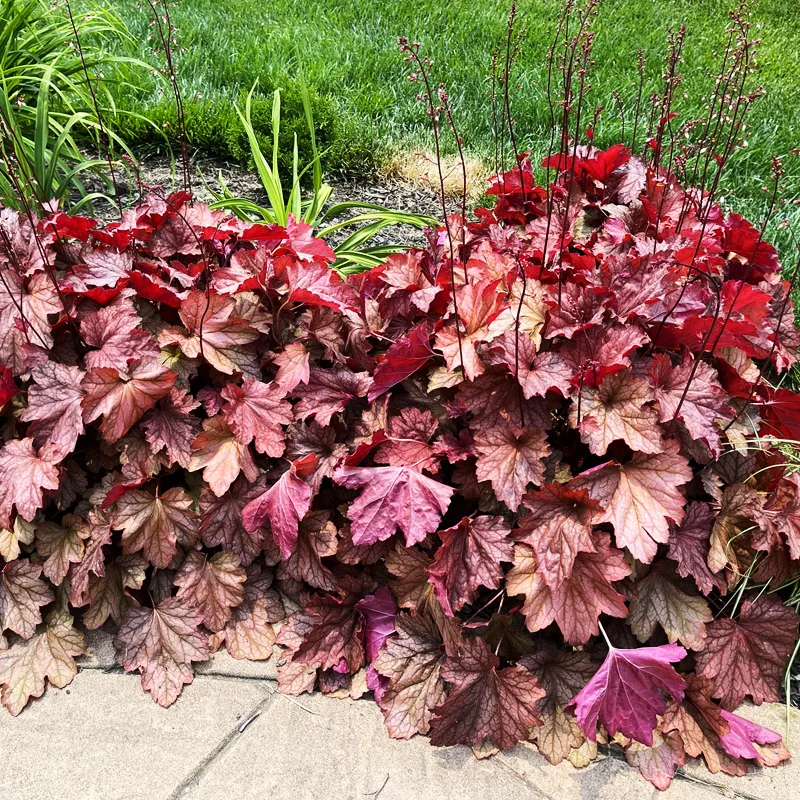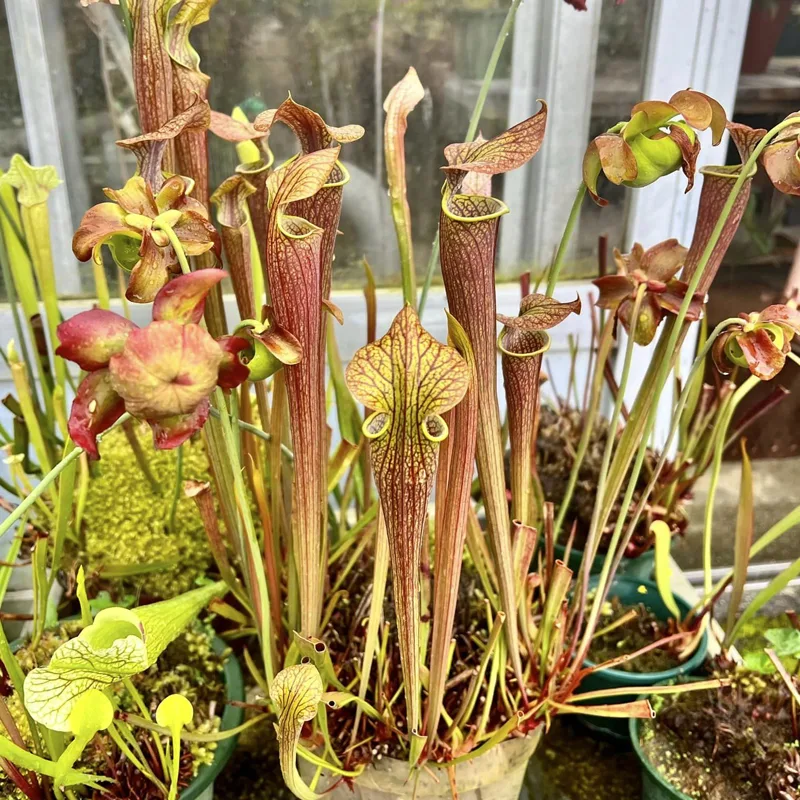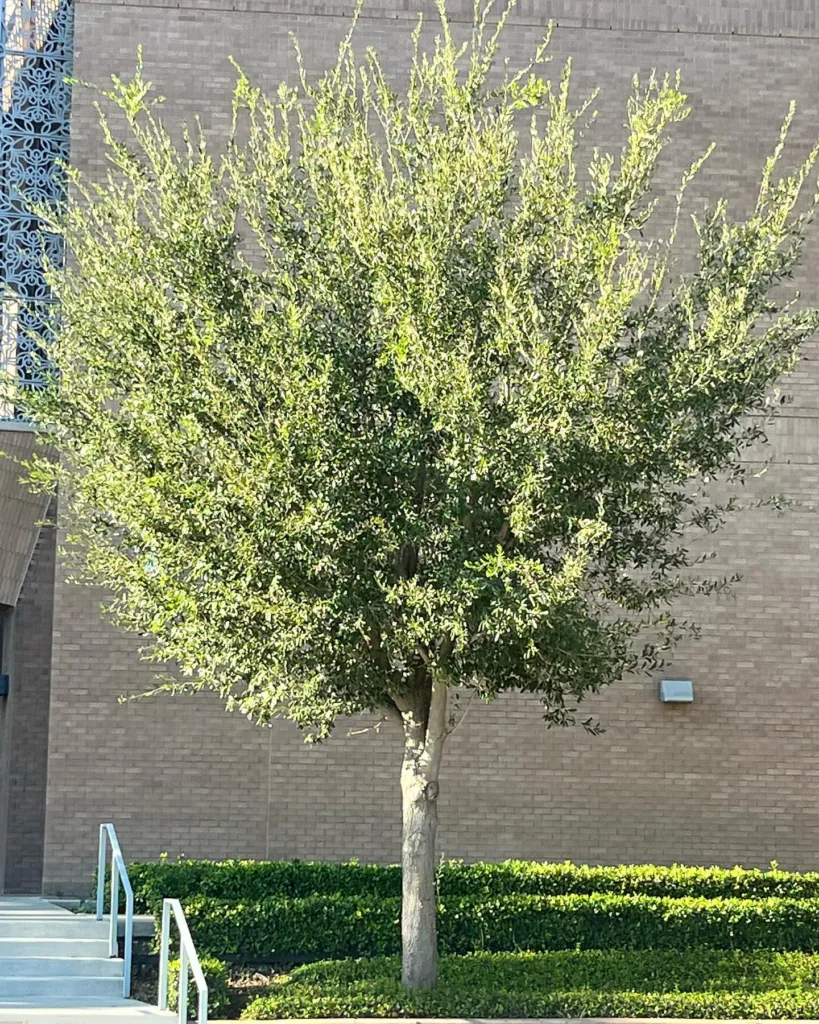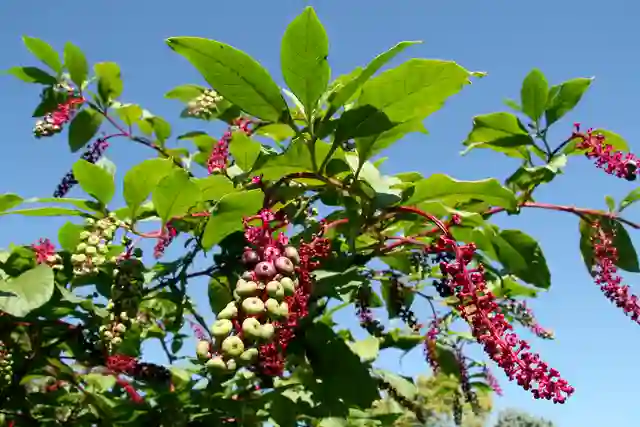FAQs About Eriophyllum Staechadifolium: A First-Person Guide
As someone who loves working with diverse plant species, I’ve found Eriophyllum Staechadifolium, or Seaside Woolly Sunflower, to be a fascinating and unique addition to any garden. This coastal native has a lot to offer, especially if you’re looking to add a touch of golden-yellow beauty to your landscape. Here, I’ll answer some frequently asked questions about Eriophyllum Staechadifolium based on my experiences with it.
What Is Eriophyllum Staechadifolium?
Eriophyllum Staechadifolium, commonly known as Seaside Woolly Sunflower, is a perennial herb that thrives in coastal regions. It belongs to the Asteraceae family and is native to the western coasts of North America, particularly from California to Alaska. This plant is well-adapted to salty air and sandy soils, making it a perfect choice for gardens near the coast.
Plant Family: 1720 Genera in Asteraceae
The plant is characterized by its bright yellow, daisy-like flowers that bloom from late spring to early summer. The leaves are covered with fine, woolly hairs, giving them a silvery-gray appearance. This foliage, combined with the vibrant flowers, creates a striking contrast that can brighten up any garden.
How to Care for Eriophyllum Staechadifolium?
Caring for Eriophyllum Staechadifolium is relatively straightforward, especially if you live in a coastal area. Here’s how I’ve successfully grown it:
- Sunlight: Eriophyllum Staechadifolium thrives in full sun. Ensure it gets at least six hours of direct sunlight daily to promote healthy growth and abundant flowering.
- Soil: This plant prefers well-drained, sandy soil. It’s well-suited to coastal gardens where the soil is often sandy and low in nutrients. If your soil is heavy, consider amending it with sand or gravel to improve drainage.
- Watering: Once established, Eriophyllum Staechadifolium is drought-tolerant. I water it sparingly, allowing the soil to dry out between waterings. Overwatering can lead to root rot, so it’s better to err on the side of underwatering.
- Pruning: Pruning is not strictly necessary, but I like to deadhead the spent flowers to encourage more blooms and keep the plant looking tidy.
How to Propagate Eriophyllum Staechadifolium?
Propagating Eriophyllum Staechadifolium can be done through seeds or cuttings. Here’s what has worked for me:
- Seeds: Collect seeds from the dried flower heads after the blooming season. Sow them directly in the garden in the fall or early spring. The seeds germinate best in cool, moist conditions.
- Cuttings: You can also propagate this plant through stem cuttings. Take a cutting from a healthy plant in early summer, remove the lower leaves, and plant it in well-drained soil. Keep the soil moist until the cutting establishes roots, which usually takes a few weeks.
What to Plant with Eriophyllum Staechadifolium?
Eriophyllum Staechadifolium pairs well with other coastal natives that thrive in similar conditions. I’ve had success planting it alongside:
- Lavender: The silvery foliage of lavender complements the gray-green leaves of Eriophyllum Staechadifolium, while the purple flowers contrast beautifully with the yellow blooms.
- Salvia: Salvia’s spikes of blue or purple flowers provide a nice color contrast and attract pollinators, which also benefit Eriophyllum Staechadifolium.
- Ceanothus: This evergreen shrub adds structure to the garden and its blue flowers make the yellow of Eriophyllum Staechadifolium pop.
Benefits of Growing Eriophyllum Staechadifolium
There are several reasons I love growing Eriophyllum Staechadifolium in my garden:
- Drought Tolerance: Once established, this plant requires minimal water, making it ideal for xeriscaping or low-water gardens.
- Attracts Pollinators: The bright yellow flowers attract bees, butterflies, and other pollinators, which helps support local ecosystems.
- Erosion Control: With its fibrous roots, Eriophyllum Staechadifolium can help stabilize sandy soils, making it useful for erosion control in coastal gardens.
Is Eriophyllum Staechadifolium Toxic?
Eriophyllum Staechadifolium is not known to be toxic to humans or pets. However, I always recommend exercising caution and keeping pets and children from consuming any plant material unless you are certain it’s safe.
Common Problems with Eriophyllum Staechadifolium
Eriophyllum Staechadifolium is generally a hardy plant with few problems. However, like all plants, it can encounter some issues:
- Overwatering: This is the most common problem I’ve seen. Overwatering can lead to root rot, which can kill the plant. Ensure the soil is well-drained and water sparingly.
- Powdery Mildew: In humid conditions, the plant can be susceptible to powdery mildew. Ensuring good air circulation around the plant can help prevent this.
- Pest Issues: Eriophyllum Staechadifolium is relatively pest-resistant, but I occasionally see aphids or spider mites. These can usually be managed with insecticidal soap or a strong spray of water.
Comparing Eriophyllum Staechadifolium with Similar Plants
Eriophyllum Staechadifolium is sometimes confused with other yellow-flowered coastal plants like Eriogonum Latifolium and Grindelia Stricta. Here’s how it compares:
- Eriogonum Latifolium (Seaside Buckwheat): While both plants are coastal natives, Eriogonum Latifolium has a different growth habit and flower structure. It produces rounded clusters of small flowers, whereas Eriophyllum Staechadifolium has larger, daisy-like blooms.
- Grindelia Stricta (Coastal Gumplant): Grindelia Stricta also has yellow flowers and grows in similar coastal environments. However, its flowers are sticky and resinous, which is not the case with Eriophyllum Staechadifolium.
Conclusion
Eriophyllum Staechadifolium is a beautiful and resilient plant that can add a splash of color and texture to your garden, especially if you’re gardening near the coast. With its minimal care requirements, drought tolerance, and benefits to pollinators, it’s a plant I highly recommend for anyone looking to enhance their coastal landscape. Whether you’re planting it alongside other coastal natives or using it to prevent erosion, Eriophyllum Staechadifolium is a versatile and rewarding choice.
If i die, water my plants!



